A compact planetary neighborhood redefines possibilities.
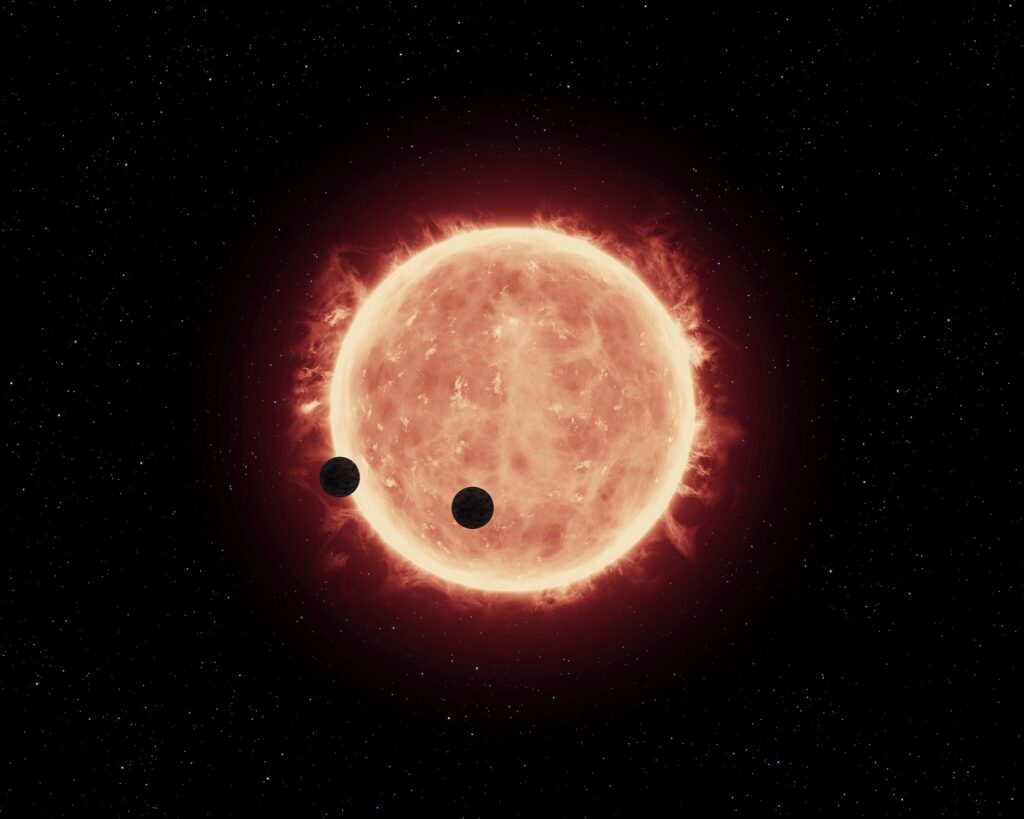
In a quiet corner of our sky, the TRAPPIST-1 system hosts seven rocky worlds orbiting a dim red dwarf. Discovered through transit and follow-up observations, these planets share striking similarities in size to Earth and present a rare laboratory for studying exoplanet composition, climate, and habitability. Though many questions remain, the system stands out as one of the richest targets for exploring life beyond our solar system.
These planets circle tightly around TRAPPIST-1, crammed into a space that would fit well inside Mercury’s orbit. Their tight dance, shared densities, and potential for atmospheres challenge our ideas of what planetary systems can look like—and how life might cling on in alien conditions.
1. The system contains seven Earth-sized rocky planets.
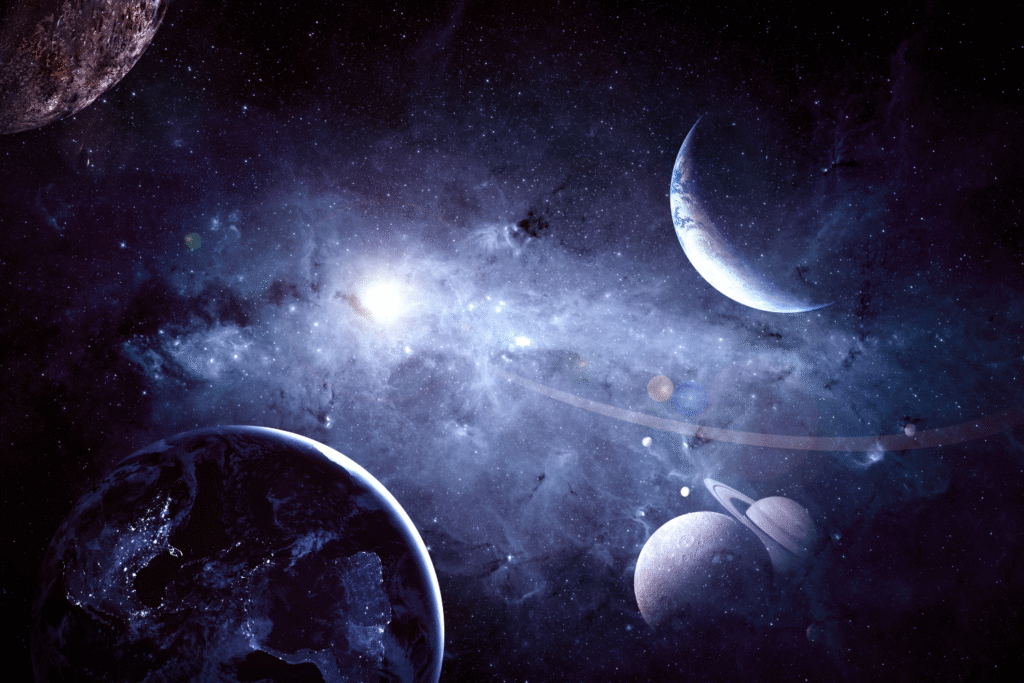
Astronomers using the Spitzer Space Telescope and ground observatories revealed that TRAPPIST-1 is orbited by seven planets, all with radii close to Earth’s, and likely composed of rock and metal. As stated by NASA’s mission announcement, this is the first time a full suite of Earth-sized exoplanets has been found in one system. (NASA’s Spitzer and ground follow-ups)
Their masses and radii cluster tightly: density estimates differ by no more than a few percent across the planets, hinting at a shared composition or formation history. This homogeneity is rare, offering a more controlled comparative system than most exoplanet collections.
2. Many lie in or near the habitable zone.
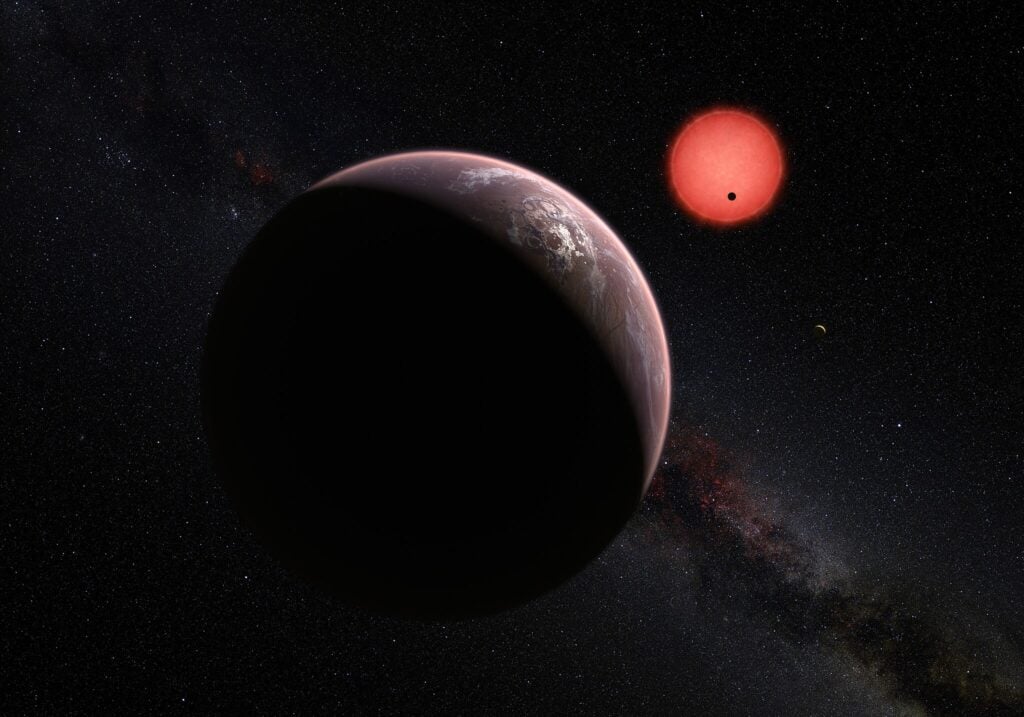
Three of the TRAPPIST-1 planets—designated e, f, and g—reside in what astronomers consider the “habitable zone,” where conditions might allow liquid water on the surface, according to NASA’s reports.
Others orbit too close or too far to sustain temperate conditions, but their proximity and alignment make them prime candidates for atmospheric characterization. With their orbits measured in days rather than years, climate shifts would be dramatic and compressed compared to Earth’s.
3. Their densities suggest shared internal composition.
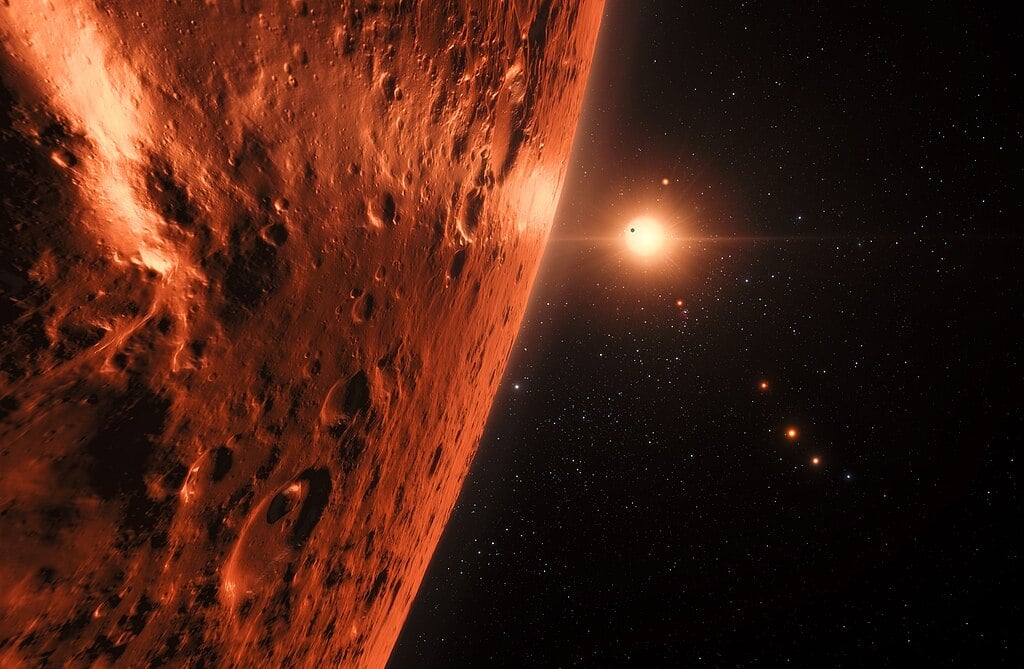
The seven planets display densities that vary by only about three percent, suggesting they may have similar internal structures and bulk composition, as described by JPL researchers. The difference in density from Earth and Venus is modest but meaningful, raising the possibility that TRAPPIST-1 worlds have less iron or more oxidized materials.
This similarity across multiple planets in one system gives scientists a rare comparative palette: small shifts in volatile content, core size, or water content might explain climatic and atmospheric differences among them.
4. Their orbits form a resonant chain.
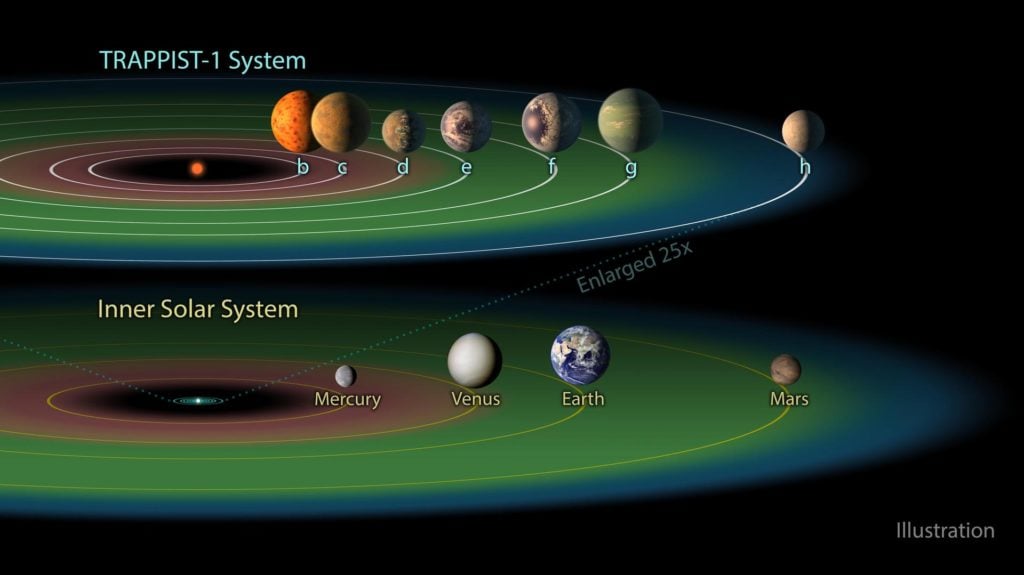
The planets orbit TRAPPIST-1 in a precise resonant pattern: each planet is gravitationally locked with neighbors, forming a complex resonant chain that stabilizes their orbits and signals a finely tuned origin.
In practice this means the periods lock into ratios—if one planet nudges slightly, gravitational tugs counterbalance over long timescales. That architecture tells us that the system likely migrated and settled dynamically, rather than forming in place.
5. Many are likely tidally locked to their star.
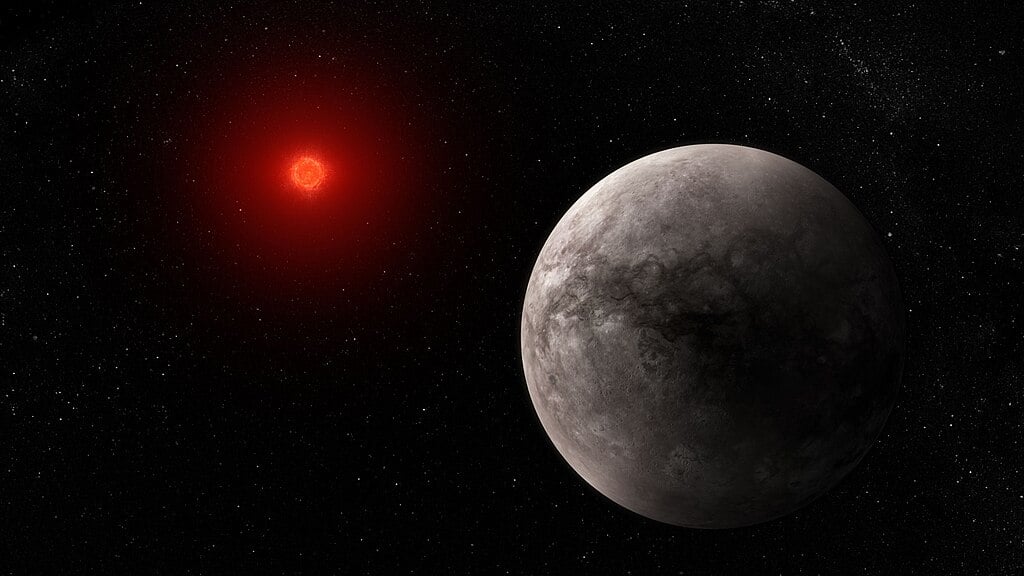
Because the worlds orbit very close to TRAPPIST-1, tidal forces over time have probably locked them so one face always points toward their sun, while the other remains in permanent night.
Such “day-night” dichotomy forces extreme temperature gradients. Atmospheric circulation, or absence thereof—will be critical in determining whether heat can redistribute, perhaps enabling habitable zones along the terminator lines between perpetual day and night.
6. JWST is probing their atmospheres now.
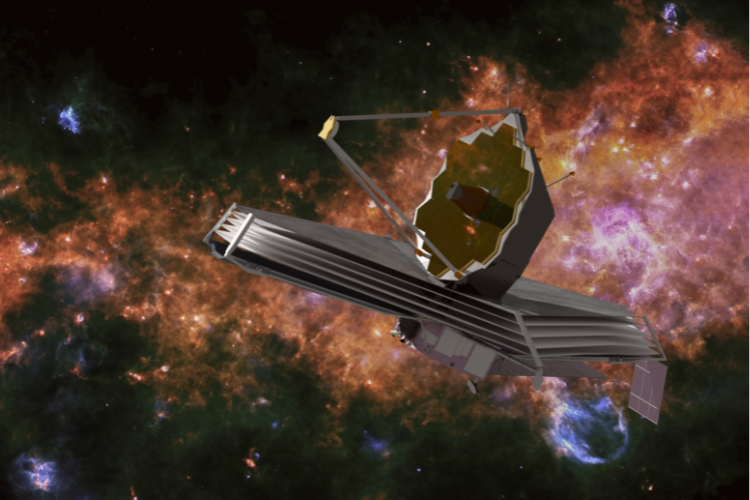
The James Webb Space Telescope has begun observing the TRAPPIST-1 planets to detect gases such as water vapor, carbon dioxide, or other molecular signatures. Early results suggest that some inner planets may lack thick atmospheres, but for outer ones the verdict is still out, according to recent NASA updates.
Upcoming transit observations and spectroscopic campaigns may reveal whether these worlds retain atmospheres capable of moderating temperature, shielding from stellar flares, or sustaining water. Each detection will refine our sense of which planets might be truly Earth-like.
7. Atmospheric data already constrains possibilities.
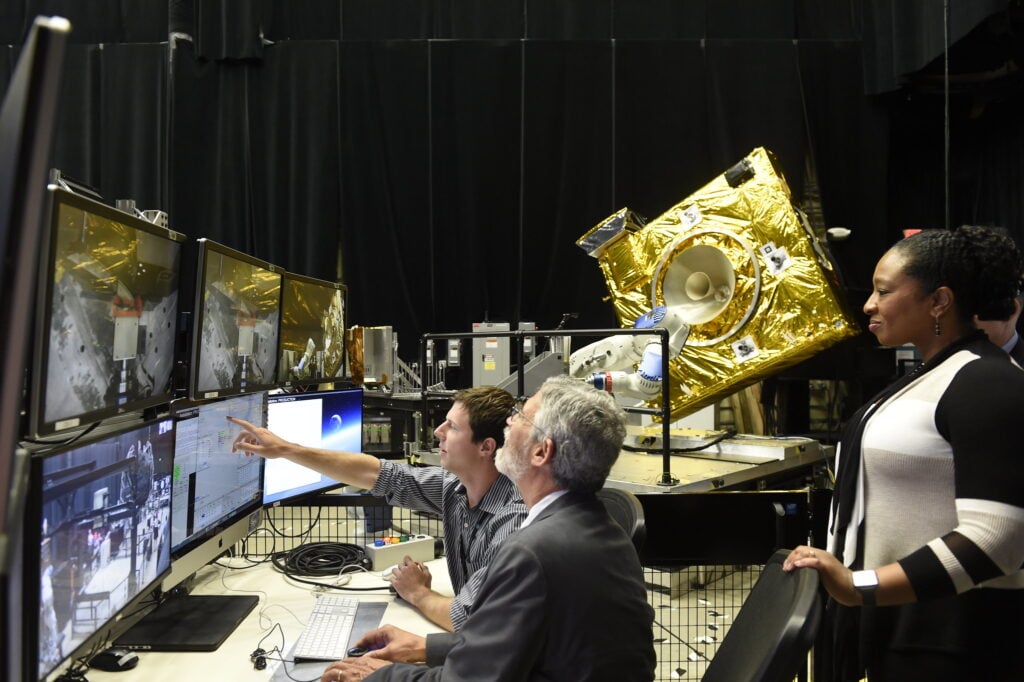
For example, JWST’s thermal emission measurement of TRAPPIST-1 b implies it likely has little to no atmosphere redistributing heat. That helps rule out thick atmospheres of carbon dioxide or other greenhouse gases.
As more spectra arrive, scientists will impose more constraints—perhaps eliminating models, confirming thin atmospheres, or pointing to exotic compositions. Each planet’s atmospheric fingerprint will tell a story of formation, erosion, and survival in harsh stellar conditions.
